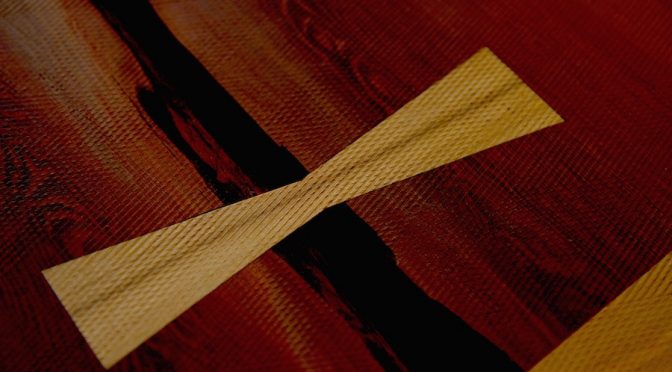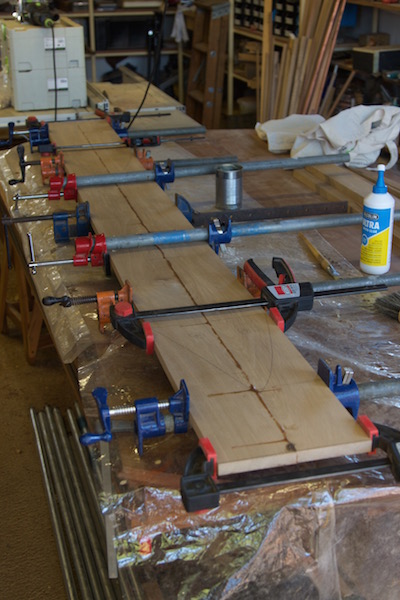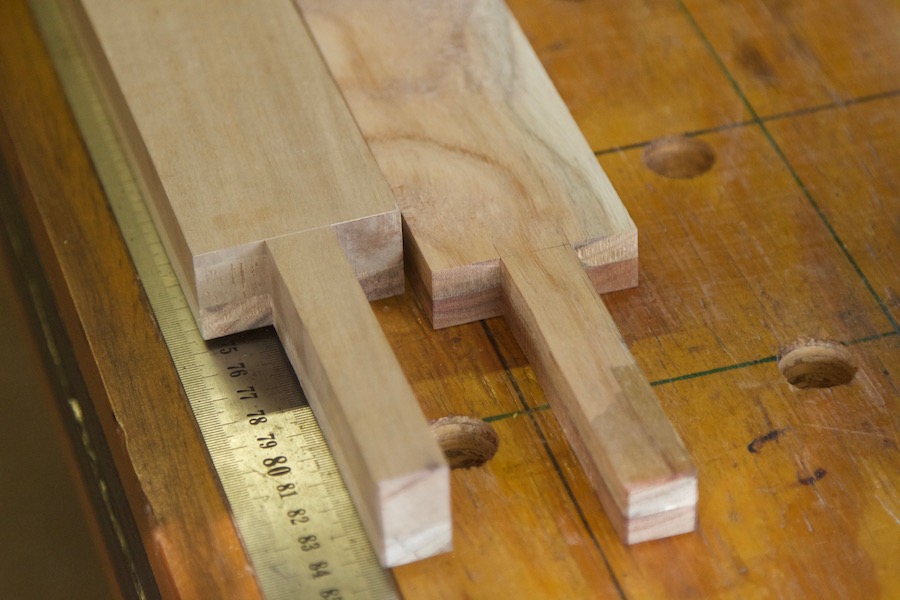24/5/2018

I kid you not, it seems that the 5 year anniversary is supposed to be celebrated with gifts of wood!! My address is …..
Just kidding of course, but funny that hey. I realised about a week ago that it is the 5th anniversary of JNSQW this year. It is probably an opportune time to take stock and assess what happened over half a decade. In order to do that I had a look through the site and especially the statistics gathered by a plugin.
The first and probably most interesting thing from a personal point of view is that I published my first post entitled ‘My journey 1’ on the 31st of March 2013. That is my father’s date of birth. As you might know he sadly passed away earlier this year, but what makes this so weird is the fact that he was without a doubt the most influential person on my woodworking journey. The date of publishing the post was definitely not deliberate as I remember writing the it while attending the St John’s Easter Schools Rugby Tournament in Jwanasibeki. By the way, if you click the link you can listen to the most iconic song ever written in honor of that cruel, crazy, beautiful place.
Another interesting thing I have noticed is the gradual change in my style of writing. In the early years I focused on describing/documenting every minor step in the shop in a fairly insipid manner. Slowly over time it has evolved into the current style that I can only describe as a verbose pompousness. I am pretty sure it does not appeal to everyone’s taste, but I like it and it reflects my sense of humor, so don’t make your problems mine. Most of it is tongue in the cheek of course, but might also be a subconscious attempt to impersonate my ultimate hero David Charlesworth? Not that David is pompous in my mind, that bit is me.
The gradual change in style took place in the process of writing 273 posts (including this very post). In terms of content it seems that there were a few distinct phases which overlapped somewhat. Early on most of the posts dealt with setting up shop and building shop made tools. It slowly progress to posts on building furniture more recently. I think it can be rather helpful for someone who is starting out to read the posts chronologically, as it reflects an actual journey in terms of changing priorities, developing skills and finding reading/teaching resources. I might therefore created a page where it would be easier to find posts in chronological order.
The first comment I received from a reader was one sent by Gordon on 23/10/2014, thus more than a year and a half after the first post. It read “That is one massive bench! I admire your dedication and I’m sure it’ll give you lifelong satisfaction. My woodworking philosophy is similar to yours. I made 2 machines (a saw guide for a Makita 9″ circular saw and a router table for a Tritan router) and I bought 2 machines (a band saw and a pedestal drill press) before I started to understand that hand tools are not only more satisfying to use, but are often quicker and more economical ($ and space) for the hobbiest. Have you read or watched Paul Sellers?”
Again, it is incredible how things turn out. In October 2016 JNSQW was nominated by readers as one of the five most popular hand tool woodworking websites on the web, in a competition ran by the Woodworkers Guild of America. The winner was then chosen by allowing another week or so (cannot remember exactly) of voting by readers. Guess who won … yes, Paul Sellers did. To be honest, I am honored to be mentioned in the same breath as Paul Sellers, but that is not the point. The first comment JNSQW received asked whether I have read Paul’s stuff, funny that!
Anyway, back to comments, so far the plugin recorded 492 comments. It seems that it also counts my replies, so in actual fact we are looking at a number closer to 250 or so as I try to reply to most. I am pretty sure that guys like Christopher Schwarz receive more comments on a single post, but that helps a pompous person to stay grounded (always a silver lining hey). Although, I am pretty sure that my revelation on my home page that as a psychiatrist I can read minds, must surely account for most of the lack of comments. It is simply a waste of time typing what I already know you are thinking!
I rest my case.
Before we get to more boring statistics, I want to mention the most rewarding thing about setting up a website like this. It was most definitely not something I anticipated or aimed for when considering the process. It is the fact that I met so many legendary craftsmen who share this ancient pursuit with me in their serene hideouts all over the globe. I would like to mention a few names while realising that I am omitting most.
Jonathan White is a woodworker I have the utmost respect for. Besides that, we have become really good friends without ever laying eyes on each other. I really encourage you to go and check out his site The Bench Blog. You will not find a craftsman with more attention to detail anywhere. Thank you Jonathan, I hope we can continue to share this wonderful craft.
Then of course we have a tool historian of note in Bob Demers, who is my go-to guy for information on any old tool. Again we became very good friends over years even though we do not talk every day and has never met in person. Thank you Bob.
Don Williams has been one of my personal heros in terms of woodworking for a long time. Like the infamous Mr. Charlesworth, he has that admirable gift of being exceptionally good at what he does and the linguistic skills to make very complex stuff seem quite obvious. When Don first contacted me a few years ago, it was probably the biggest compliment I have ever received that someone of his stature would take the time to read my drivel. Since then Don has helped me with so many different things. He really is a legend of note and has one of the premier woodworking websites (The Barn on White Run) on the net. Thank you Don.
So back to statistics then. In the first place I have to say that I have no idea how accurate the statistics are that the plugin collects. I also have an idea that all the stats pre-January 2017 got lost when my site disappeared into thin air for a while, but that might be wrong. What I am trying to say in a roundabout way is that you should take these stats with more than a healthy amount of salt. To add to that, I also do not know what the different terms mean. For example they distinguish between visitor and visit. JNSQW has to date recorded 4 962 024 visits and 351 287 visitors. That sounds like heaps to me, but might just be spam robots for all I know?
On average the site records between 200-400 visitors and 4000-5000 visits per day. It looks like around 75% of the visitors are from the USA, followed by China in a distant second place.
Well that concludes my five-year-anniversary-celebration-post. Thank you to every reader that finds something useful here. It makes it all worthwhile.












































